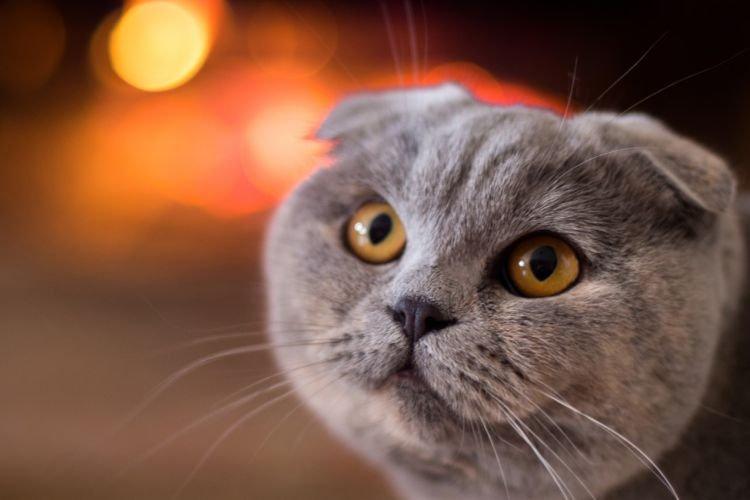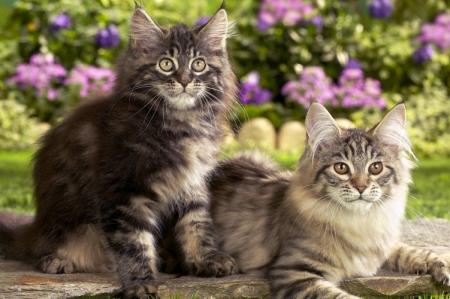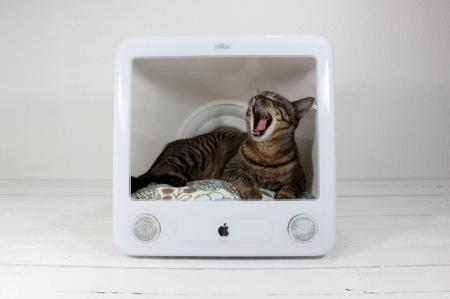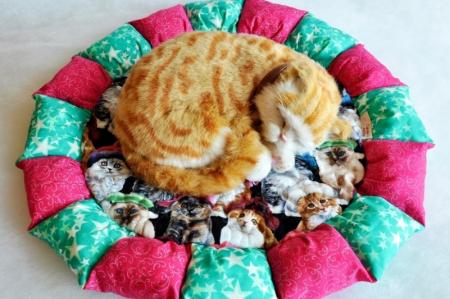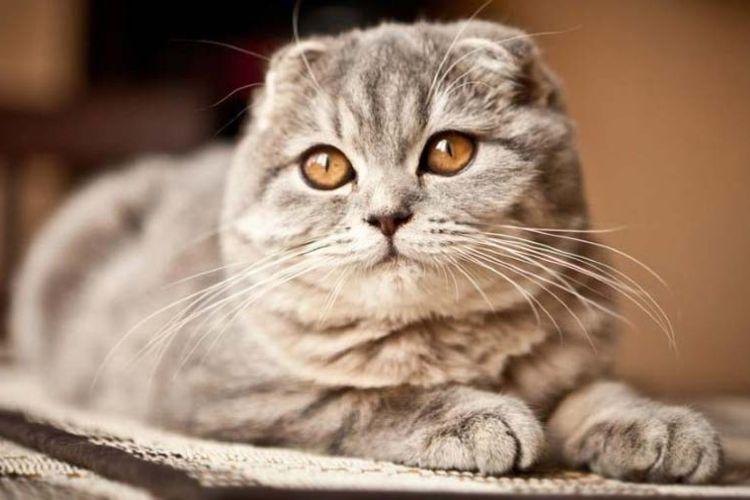
Big expressive eyes and a touching lop-eared muzzle, which always looks like a little guilty - how can you resist? But, before you get an adorable kitten, you need to know more about him. Therefore, we are talking about Scottish Fold cats with a description of the breed, character and other features!
Origin
The Scottish Fold cat breed is quite young - it is a little over 50 years old. Susie, a white cat, is considered the first Scottish Fold to descend from the British Shorthair. In 1961, her kitten was sheltered by the Englishman William Ross, and after 4 years the breed was officially registered.
Due to the fact that fold is, in fact, a mutation, Scottish folds were not bred for a long time - there was a high risk of genetic problems. Only in 1973 did the breeder Sally Wolfe start breeding Susie's descendants.
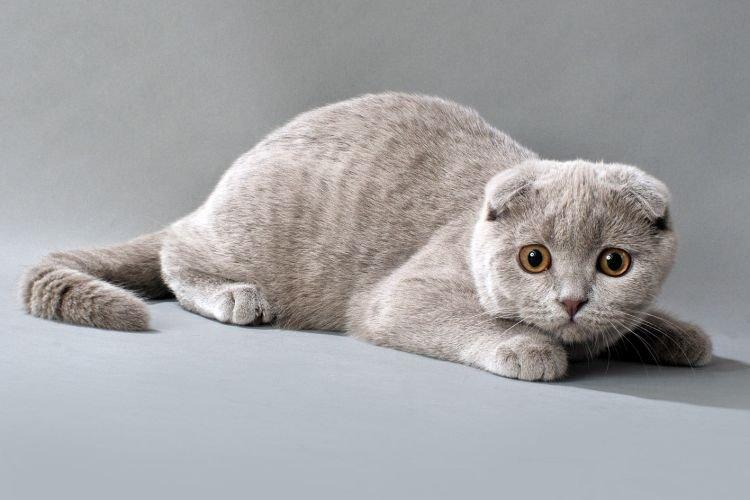
Appearance
Like the British, Scottish Fold cats are fairly stocky, with strong muscles, powerful legs and a long tail. A large round head with the same rounded cheeks looks funny. Due to the structure of the skull, it sometimes seems that the cat is smiling.
The color of the huge and expressive eyes-saucers depends on the color of the cat, although the most common is the amber iris. The small triangular ears of the folds are lowered down due to the special structure of the cartilage. This form does not pose a danger to the health and well-being of the cat.
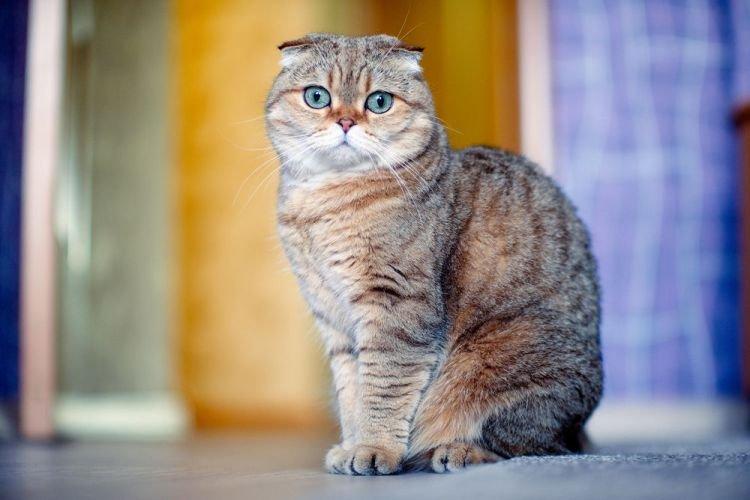
Health
Although Scottish Fold cats are bred by mutation, they are not susceptible to serious diseases. Just be sure to take an interest in heredity, because there is such a disease as osteochondroplasia. This is when the kitten's joints and cartilage are not developing properly.
There are problems with the development of the eyelid, which are fraught with cataracts and glaucoma, but this is treated surgically. Deafness, digestive disorders and heart problems are common. But these are all exceptions rather than statistics.
Fold cats should not be crossed with straight ones - this is almost a sure path to deviations. Arthritis, arthrosis, chondrodystrophy and other diseases develop, which are often fatal. Otherwise, with good care and nutrition, Scottish Folds live up to 15 years.
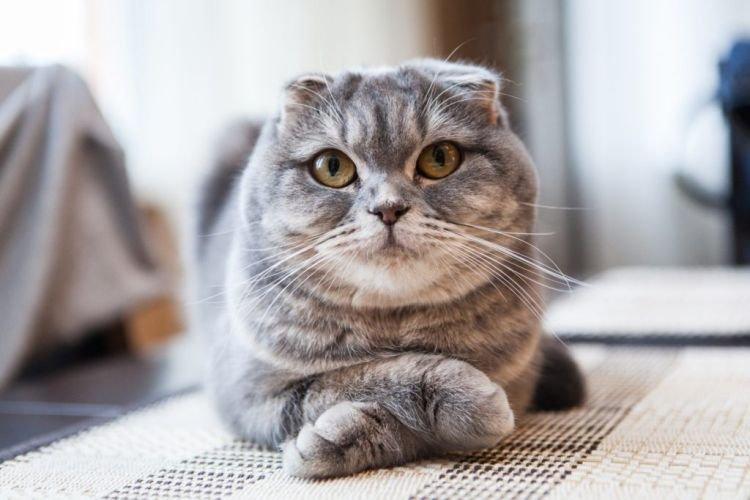
Character
Lop-eared Scots are very loving and friendly, attached to their owners and willingly make contact. They love games and attention, they can hardly endure loneliness and will not suit owners who are not constantly at home.
Scottish folds are completely non-contentious and non-aggressive, they do not arrange pogroms and do not play naughty. They adapt well to any environment, but do not like changes and when someone violates their regime. The Scots are very curious, adore tactile contacts, enjoy all the toys and touch with a little squeaky purr.
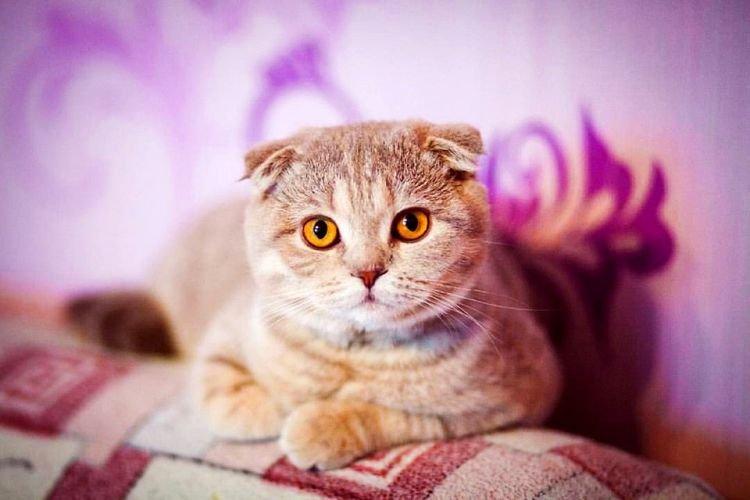
Care
Scottish Fold cats do not have any complex requirements for keeping. The cat needs to be regularly combed, bathed periodically and monitored for the condition of the skin. Check the ears once a week, as they can get very dirty due to their special structure.
Do not forget about a routine examination by a veterinarian, trim your nails in time and be sure to watch your eyes. Buy professional food, but don't feed your pet. Scots are prone to obesity, so you have to monitor the amount and calorie content of food - no more than 250-300 kcal per day.
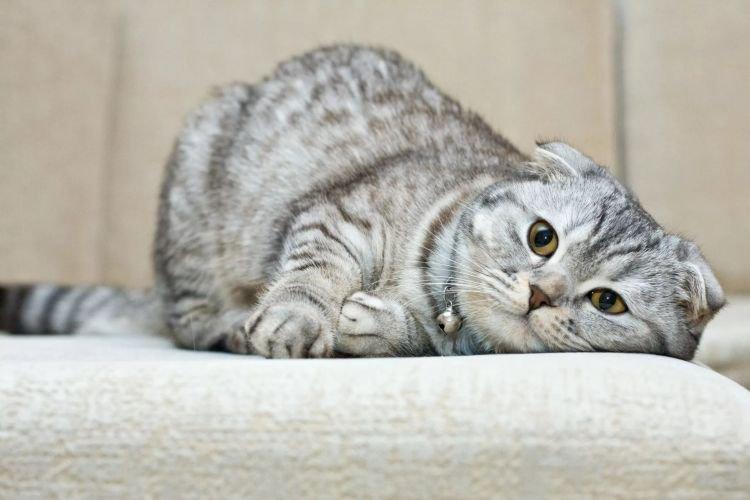
Education
Scottish Fold cats are very smart and companionable, so they can learn simple commands. That is why they are adored at exhibitions and all kinds of shows, where they instantly become stars. This character trait has a plus: from the first months, the kitten can easily be accustomed to all hygienic procedures.
